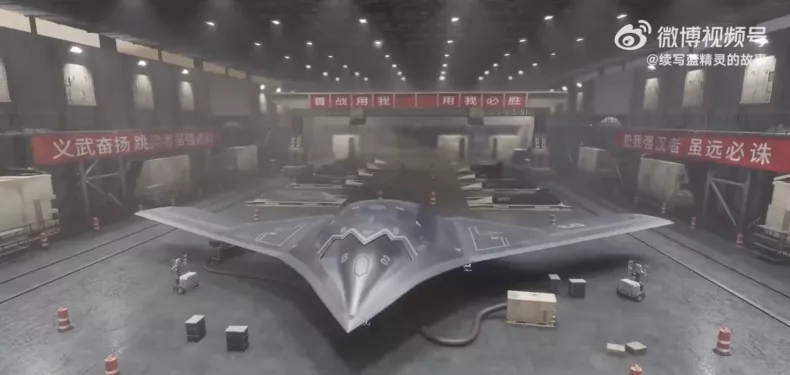SOURCE: AFI

China’s long-awaited strategic bomber, the H-20, is poised to be unveiled, marking a significant leap forward for the People’s Liberation Army Air Force (PLAAF) and potentially altering the balance of power in the region. Here’s why India should be wary of this development and invest in long-range anti-stealth technology.
The H-20 is believed to be a next-generation, subsonic stealth bomber similar to the American B-2 Spirit. Its stealth capabilities present a major challenge for Indian air defenses. Traditional radar systems struggle to detect stealth aircraft designed to absorb or deflect radar waves. This allows the H-20 to potentially penetrate Indian airspace undetected and deliver long-range precision strikes on critical infrastructure or military installations.
The H-20’s extended range, coupled with its stealth capabilities, significantly increases the PLAAF’s offensive reach. This could put Indian targets far from the border at risk, including airbases, naval assets, and communication hubs. Additionally, the psychological impact of a near-invisible bomber threat cannot be ignored.
Given the potential threat posed by the H-20, India needs to prioritize the development of long-range anti-stealth technology. This could involve investment in the next-generation radars with improved low-frequency capabilities that can better detect stealth aircraft. Developing a robust and integrated air defense network that combines various sensors and communication systems to track and engage stealthy targets. Procuring or developing long-range air-to-air and surface-to-air missiles capable of intercepting stealth bombers before they reach their targets.
While India currently possesses capable fighter jets and air defense systems, the H-20 necessitates proactive measures. By investing in long-range anti-stealth technology, India can ensure its air defenses remain effective and deter potential aggression. This will require significant investment and collaboration between the Indian Air Force, research institutions, and domestic defense industries.